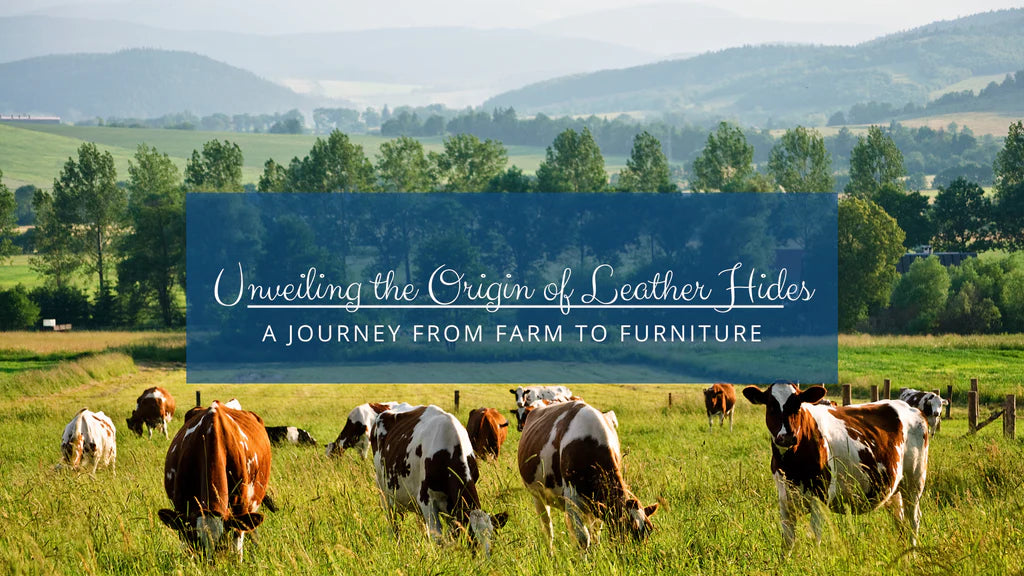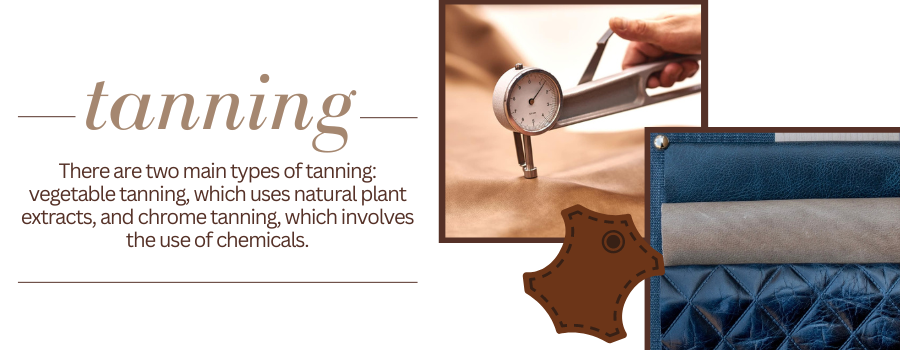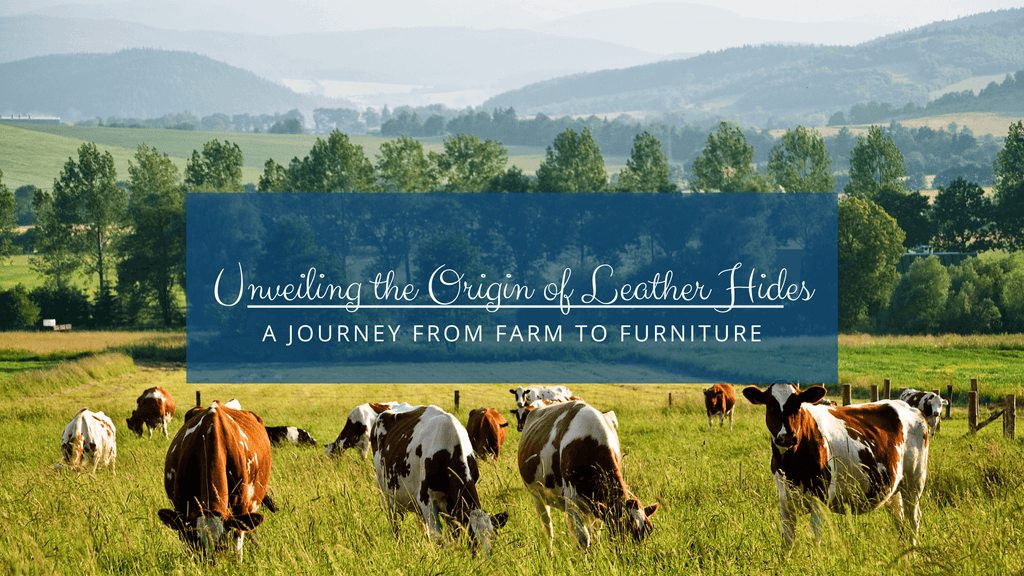
Unveiling the Origin of Leather Hides: A Journey from Farm to Furniture
Leather has been a timeless material used in the creation of luxurious furniture, providing a touch of elegance and sophistication to our homes. But have you ever wondered where leather hides come from? This article takes you on a journey from the farm to your living room, exploring the origins of leather hides used in the production of leather furniture.
-
Animal Sources:
The primary source of leather hides is animals. Cattle are used for building hi-quality leather furniture. Each hide of leather has unique characteristics, textures, and qualities, making them suitable for different furniture applications.
-
Livestock Farming:
Leather production often begins on livestock farms where animals are raised for their meat and other by-products. The hides used for leather furniture are a by-product of the meat industry, ensuring that no part of the animal goes to waste. Ethical and sustainable practices in livestock farming are essential to ensure responsible leather production.

-
Tanning Process:
After the animals are slaughtered, the hides undergo a meticulous process called tanning. Tanning is a crucial step that transforms raw hides into durable and usable leather. There are two main types of tanning: vegetable tanning, which uses natural plant extracts, and chrome tanning, which involves the use of chemicals. The choice of tanning method influences the characteristics of the final leather product.
-
Processing and Finishing:
Once tanned, the leather undergoes further processing and finishing stages. This includes removing excess moisture, smoothing the surface, and applying dyes or pigments to achieve the desired color. The finishing process also includes adding protective coatings to enhance durability and resistance to wear and tear.

-
Quality Grades:
Leather hides are categorized into different quality grades based on factors such as thickness, texture, and natural markings. Full-grain leather, for example, retains the natural grain and marks of the hide, showcasing the hides authenticity. All leather used by high end American leather furniture brands are top grain. The hides can be full top grain or corrective or embossed top grain, but they will all be genuine top grain cowhide.
Global Sources:
Leather production is a global industry, with various countries contributing to the supply chain. Countries like Italy, Brazil, and Asia are renowned for their high-quality leather production. The geographical origin can also influence the characteristics of the leather, such as texture, color, and suppleness.

-
Environment and Sustainability:
As consumer awareness of environmental issues grows, there is an increasing focus on sustainable and eco-friendly leather production. Some manufacturers prioritize using hides from responsibly raised animals and employ eco-conscious tanning methods to minimize environmental impact.
Understanding the journey of leather hides from farm to furniture provides a deeper appreciation for the craftsmanship involved in creating leather furniture. Whether it's the natural beauty of full-grain leather or the refined finish of corrected grain leather, each hide tells a story of ethical sourcing, skilled craftsmanship, and the enduring allure of this timeless material in our homes.














